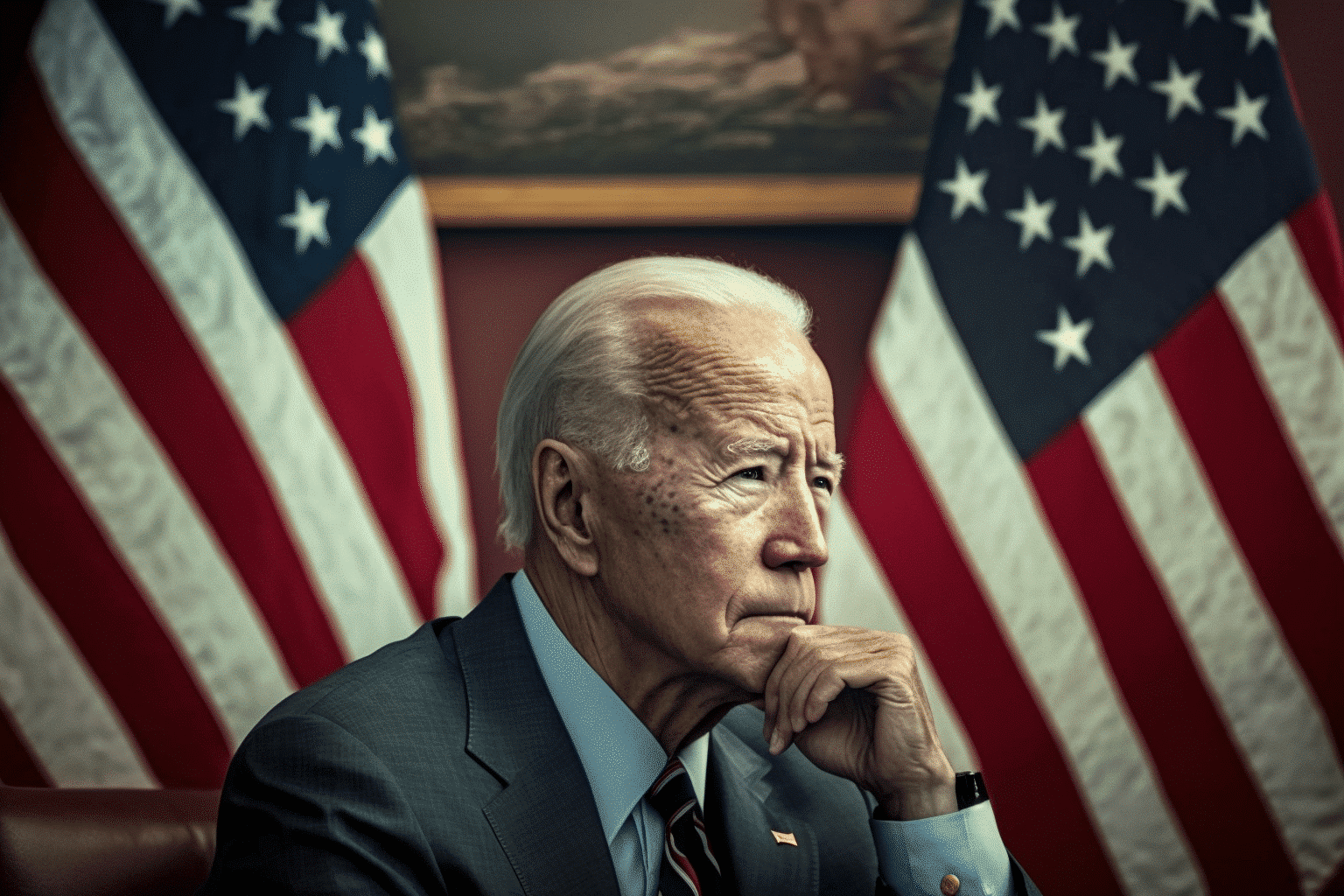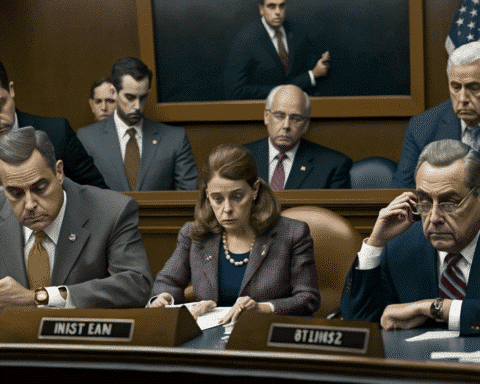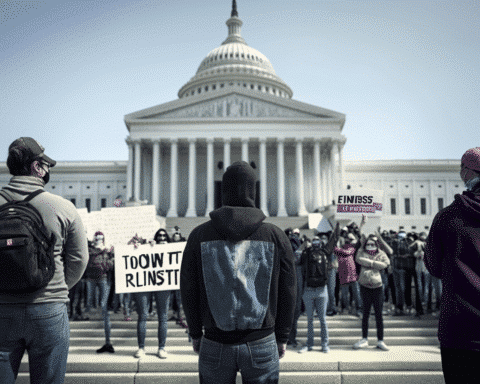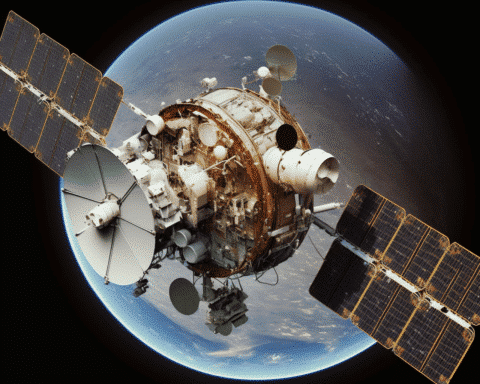The United States views China’s propaganda efforts as becoming more similar to Russia’s tactics. While China has long been known for producing anti-American propaganda, it has been considered less aggressive than Russia, which has employed cyberattacks and covert operations to interfere with U.S. elections and undermine rivals. However, many in Washington now believe that China is adopting similar tactics to Russia and are concerned that the U.S. is not doing enough to counter these efforts.
U.S. officials and outside experts have cited recent cases of China-linked entities generating false news with AI and posting large amounts of negative social media content. While these efforts are seen as amateurish, they signal Beijing’s willingness to engage in more influence campaigns and embrace covert operations, according to anonymous sources familiar with the matter.
The U.S. is becoming increasingly concerned about Beijing’s goals and the possibility of war over Taiwan, which calls for the U.S. to take stronger action to counter China’s global influence. Lawmakers and officials are particularly worried about countries in Africa, Asia, and Latin America, which are considered “swing states” in the narrative battle between the two nations.
In response, the Chinese embassy in Washington stated that Beijing opposes spreading false information and accused the U.S. of using social media to manipulate international opinion and demonize other countries. China’s state media, affiliated channels, and social media influencers spread ideas that the U.S. considers false or misleading.
The Biden administration has rejected the allegations about the Nord Stream pipelines and defended its response in Ohio. Some U.S. officials believe China is now engaging in operations it would not have considered in the past due to fears that it is losing the narrative battle in many countries.
The U.S. intelligence community views China’s social media operations as “uneven” and less sophisticated than Russia’s, but these efforts are expected to improve over time. There are also concerns about TikTok, the popular video-sharing app, and its potential use for government-sanctioned influence operations.
China is viewed unfavourably in the U.S., Europe, Australia, South Korea, and Japan but more positively in other countries in Asia, Africa, and Latin America, where Beijing’s investments, infrastructure, and security assistance offers have driven favourable attitudes.
The State Department’s Global Engagement Center is tasked with countering China’s messaging globally, but it has decided not to play “whack-a-mole” with specific lines of Chinese messaging and instead funds programs that expose facts and ideas that China wants to suppress. The U.S. also uses direct investment to counter Chinese influence, but the effectiveness of some funded programs has yet to be questioned.
In conclusion, the U.S. views China’s propaganda efforts as becoming more similar to Russia’s and is concerned that the U.S. is not doing enough to counter these efforts. The U.S. is taking a multi-faceted approach to countering China’s influence, including funding programs that expose facts and ideas that China wants to suppress, using direct investment, and working to counter China’s messaging globally.
As China continues to expand its political and economic interests, it is becoming increasingly important for the U.S. to be vigilant in its efforts to counteract China’s propaganda and influence operations. While China’s propaganda and influence operations still need to be more sophisticated and aggressive than Russia’s, the U.S. intelligence community expects these efforts to improve over time.
The U.S. is taking a whole-of-government approach to countering China’s influence, with the State Department’s Global Engagement Center playing a key role. The center funds programs that expose facts and ideas that China wants to suppress provides training for investigative journalists in countries that have received Chinese investment, and tracks Chinese dam construction along the Mekong River, among other initiatives.
Additionally, the U.S. uses direct investment to counter China’s influence, but the effectiveness of these programs has been questioned. For example, the U.S. Agency for International Development recently proposed using funding from an annual fund for countering Chinese influence to support bakeries in Tunisia to promote Western software over Chinese programs.
The U.S. is aware of China’s growing propaganda and influence operations and is taking a multi-faceted approach to counteract these efforts. As China continues to expand its political and economic interests, the U.S. must be vigilant in its efforts to counteract China’s propaganda and influence operations and ensure that the truth is not suppressed.




